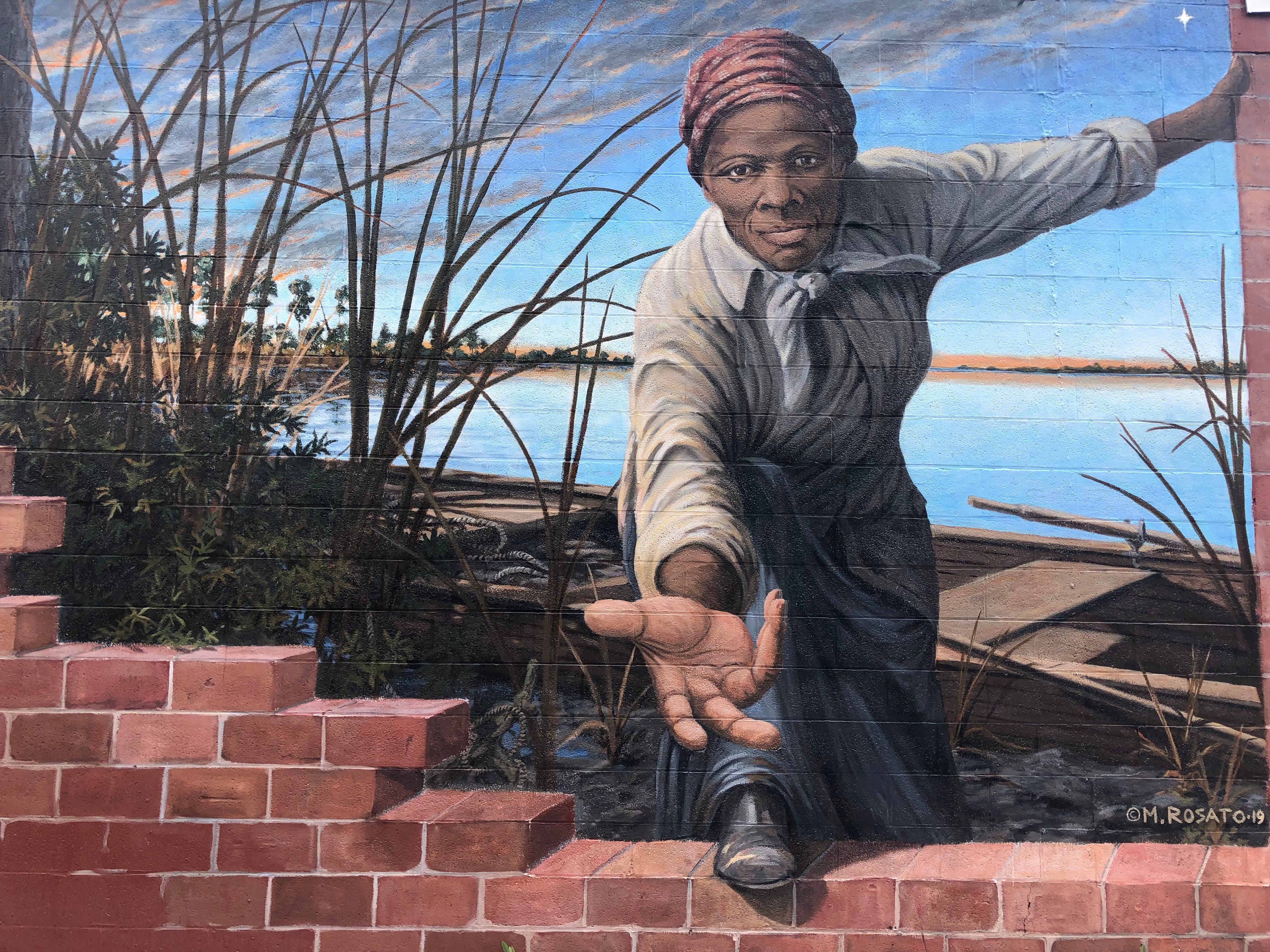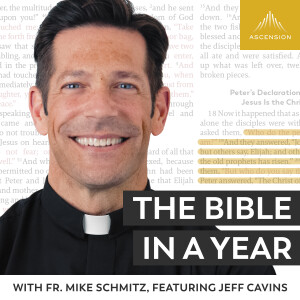

VBS: The Modern Quest for the Kingdom
Paid subscribers have access to EVERYTHING at the Cottage, including this entire series, for the entire length of your subscription plan.
Go to the FRONT PAGE of the Cottage website, look at recent posts, or go to the menu bar and choose ARCHIVE to find past posts. You can also learn about managing your subscription by choosing SUPPORT from the menu bar.
Today’s video focuses on Chapter 12 of A People’s History, “Ethics: Kingdom Quest.”
That modern pursuit of ethics centers on the theology of the Kingdom of God. This chapter explores seven social virtues that liberal Christians believed were aspects of God’s desire for “thy kingdom come, thy will be done on Earth as it is in heaven.” Those virtues include: tolerance, equality, freedom, community or “communalism,” progress, ecumenism, and pluralism. You’ll meet some amazing and brave folks in this chapter. I hope you’ll enjoy hearing and reading about them.
The excerpt included today is on “Freedom” and based on the lives of Harriet Tubman and the Rev. Samuel Green. I also share from this section in the video presentation above.
EXCERPT
Every summer, often on July 4, my family spends time on Maryland’s Eastern Shore, an historic and still-rural part of the state, a place noted for its small-town patriotism. Banners like “The Price of Freedom” stand guard over military cemeteries, and old “America: Love it or Leave it” bumper stickers cling to pick-up trucks. During our July 4 trip in 2008, we decided to celebrate American freedom by following the Underground Railroad trial that winds through two Maryland counties.
The Underground Railroad was not a real railroad. Rather it was an underground resistance, a freedom movement empowered by a radical version of Christian faith, against slavery. In the early nineteenth century, people from a variety of denominations formed a network of safe houses and churches as an escape route for slaves from the American south to freedom. Along the routes, “conductors” provided slaves with guidance, food, and safe passage to northern free states or Canada.
One of the most famous of all the conductors was Harriet Tubman (c.1820-1913), whose birthplace in Dorcester County, Maryland is marked on the trail. Born into slavery, Harriet escaped to Philadelphia in 1849. But her family remained slaves in Maryland, and Harriet felt compelled to rescue them. “I was free,” she said later, “and they should be free.” Fortified by personal experience, and by a deep sense of mystical awareness of God’s presence, Tubman believed that she should go back to help free others. Warned that her niece, Kessiah was to be sold, Tubman covertly returned to Maryland where she arranged for the young woman to escape.
This began Tubman’s career as a daring conductor on the railroad, a woman on whose head authorities placed bounties totaling around $40,000. For eleven years, she returned, personally freeing more than seventy slaves. Each time, she risked her own life to help others escape. She claimed that God personally directed her journeys with spiritual promotions along the way. “I was a conductor of the Underground Railroad,” she would later state, “and I can say what most conductors can’t say—I never ran my train off the track and I never lost a passenger.” People nicknamed her “Moses.”
One of the young men whom Tubman freed was named Samuel Green, Jr., who made it from Maryland to Canada in 1854. Young Green was a slave, son of a freed slave, Samuel Green (c. 1802-?), and his wife, Kitty. The elder Green may have been freed because of exemplary character—or because a sympathetic owner discerned Samuel Green had a call to the ministry. For Green, freedom in Christ equaled actual freedom. Upon leaving slavery, Green became a Methodist lay preacher and licensed exhorter, popular in the black Methodist congregations throughout Dorchester County, in the same area where Tubman was born. Eventually, Green was able to purchase his wife from slavery, but not his children.
Local people held him in high esteem, “an inoffensive, industrious man; earning his bread by the sweat of his brow . . . without exciting a spirit of ill will in the pro-slavery power of his community.” Described as intelligent and literate, a white pastor commented that Green “was exceedingly useful” among black Christians, where “in their meeting-houses preached to them the word of life.”[1]
When his son escaped his especially cruel master, however, local Maryland authorities began to suspect that Rev. Green was involved in the Underground Railroad (a fact that Harriet Tubman confirmed in an 1897 interview). Those suspicious, when combined with a trip to Canada to visit his son, led to Green’s arrest on April 4, 1857 on the grounds of “holding correspondence with the North.” When the sheriff searched Green’s house, where, among maps to Canada, he found a copy of Uncle Tom’s Cabin, the infamous (to southerners, at least) anti-slavery book by Harriet Beecher Stowe. Green was brought to trial for both abetting slaves and for owning the “inflammatory” book. The first charge proved difficult to prove, but the second was not. The court found him guilty of possessing an “abolition pamphlet,” and committed him to prison for ten years. The local paper, the Easton Gazette, reported that “Green was convicted simply and solely for having ‘Uncle Tom’s Cabin’ in his possession.”[2] The pro-slavery paper then laid blame for Green’s plight on the abolitions, whose books stirred “happily contented slaves toward the troubles of freedom.”[3]
Because of the danger involved, Samuel Green left little in the way of written records. Despite the fact that he could both read and write, no evidence of his involvement in the Underground Railroad remains. However, it is not hard to imagine the threat posed to the slave-holding community of a minister reading Uncle Tom’s Cabin. Green influenced hundreds of their slaves—a goodly number of whom had already escaped to freedom led by Mrs. Tubman’s visions of God. The last thing that Dorchester County appeared to need was an abolitionist Methodist preacher. One of Green’s fellow Methodists, the Reverend John Dixson Long, told the story in blunt terms, “The slaveholders of Dorchester County thirsted for an object upon which to vent their rage [following a spate of slave escapes]; hence, poor Green’s arrest and conviction.”[4]
On May 18, 1857, Green entered the Maryland State Penitentiary, a facility noted for inhumane conditions. Almost immediately, abolitionists made his situation a cause celebre by insisting that Samuel Green be pardoned. Five years into his sentence, Governor Bradford finally granted Green freedom, upon the condition that he leave Maryland. Samuel Green reunited with Kitty, and the couple made their way to Canada. On the trip, he preached to various anti-slavery meetings—including one with noted abolitionist William Lloyd Garrison, whereby Green noted that God was revealed in “affliction.”
Green also met Harriet Beecher Stowe at her home in Hartford, Connecticut, who recorded the episode in the newspaper The Independent:
There came a black man to our house a few days ago, who had spent five years at hard labor in a Maryland penitentiary for the crime of having a copy of Uncle Tom’s Cabin in his house. He had been sentenced to ten years, but on his promise to leave the state and go to Canada, was magnanimously pardoned out. Everybody cheated him of the little property he had . . . and so he left Maryland without any acquisition except an infirmity of the limbs which he had caught from prison labor. All this was his portion of the cross; and he took it meekly, without comment, only asking that as they did not allow him to finish reading the book, we would give him a copy of Uncle Tom’s Cabin—which we did.[5]
On a humid day in July 2008, my family retraced the stories of Harriet Tubman and Samuel Green as we drove through Dorchester County, Maryland.We took photos of Tubman’s birthplace and the church where Green preached.Freedom, I said to my daughter, is not an easy thing.It entails risk, especially for Christians who take its call seriously.
[1] Quotes found in Richard A. Blondo, “Samuel Green: A Black Life in Antebellum Maryland (MA thesis, Uof Maryland, 1988), p. 19.
[2] Quoted in ibid., p. 35-36
[3] Blondo, p. 37
[4] Quoted in Blondo, 50.
[5] Harriet Beecher Stowe, “Simon the Cyrenian,” The Independent, NY, vol. 14, Jan-Dec 1862.
INSPIRATION
Harriet Tubman didn't take no stuffWasn't scared of nothing neitherDidn't come in this world to be no slaveAnd wasn't going to stay one either
"Farewell!" she sang to her friends one nightShe was mighty sad to leave 'emBut she ran away that dark, hot nightRan looking for her freedomShe ran to the woods and she ran through the woodsWith the slave catchers right behind herAnd she kept on going till she got to the NorthWhere those mean men couldn't find her
Nineteen times she went back SouthTo get three hundred othersShe ran for her freedom nineteen timesTo save Black sisters and brothersHarriet Tubman didn't take no stuffWasn't scared of nothing neitherDidn't come in this world to be no slaveAnd didn't stay one either
And didn't stay one either— Eloise Greenfield, “Harriet Tubman”
My new book, A Beautiful Year, is coming soon!
Preorders help authors, book sellers, and publishers — please consider ordering now.
Click here for more information and buying options.
Thank you for subscribing. Leave a comment or share this episode.
More Episodes
All Episodes>>Create Your Podcast In Minutes
- Full-featured podcast site
- Unlimited storage and bandwidth
- Comprehensive podcast stats
- Distribute to Apple Podcasts, Spotify, and more
- Make money with your podcast












